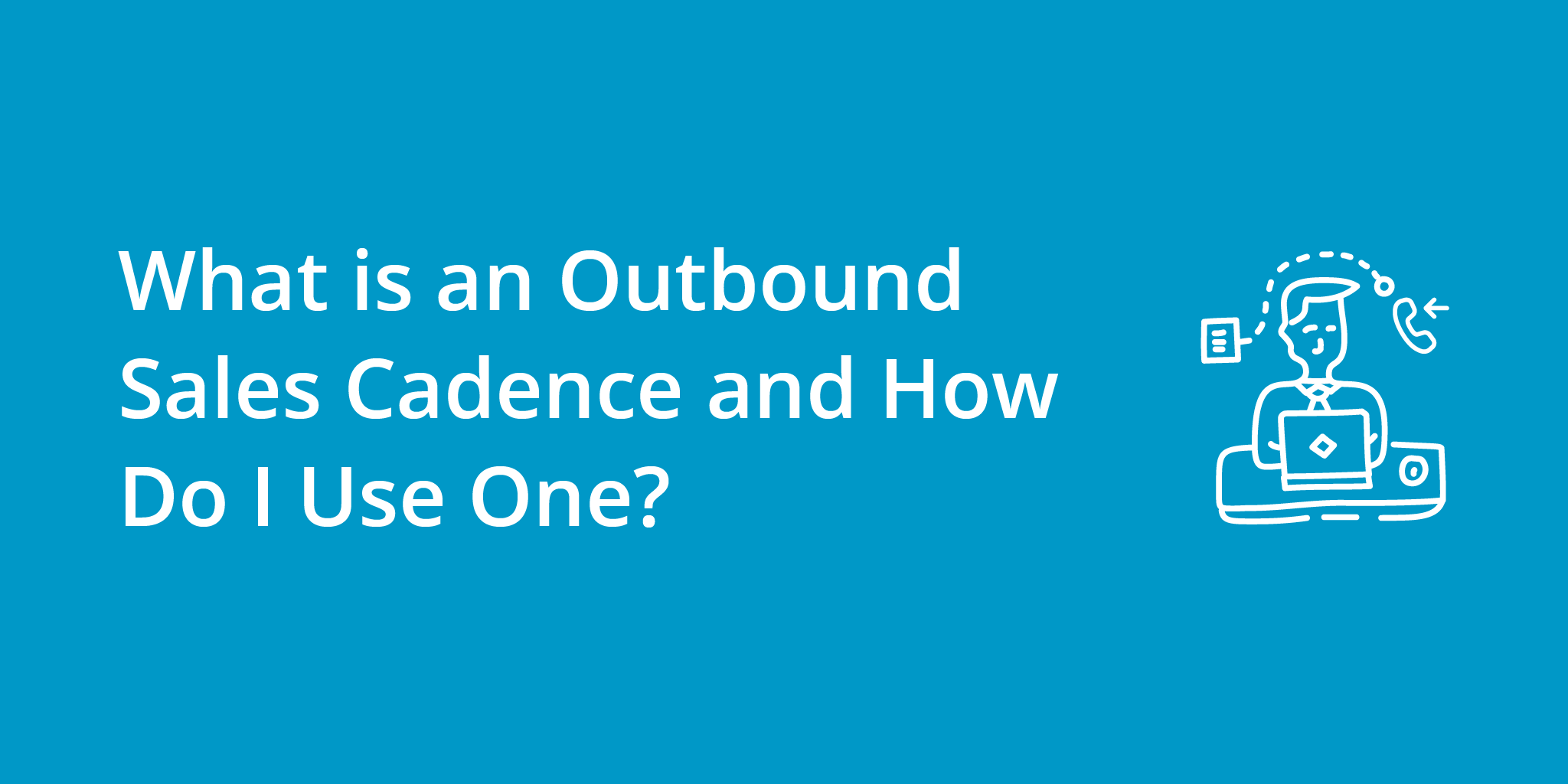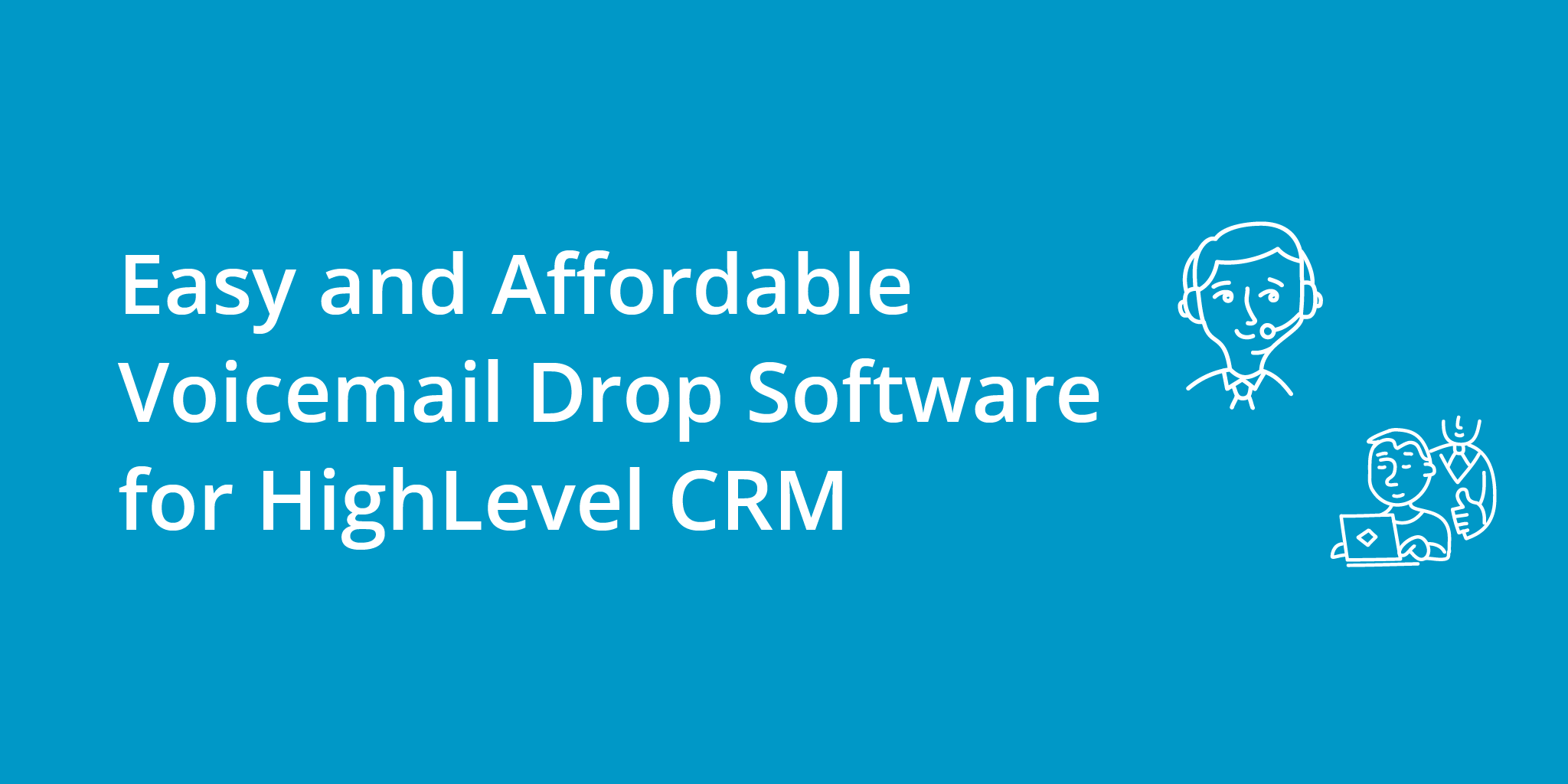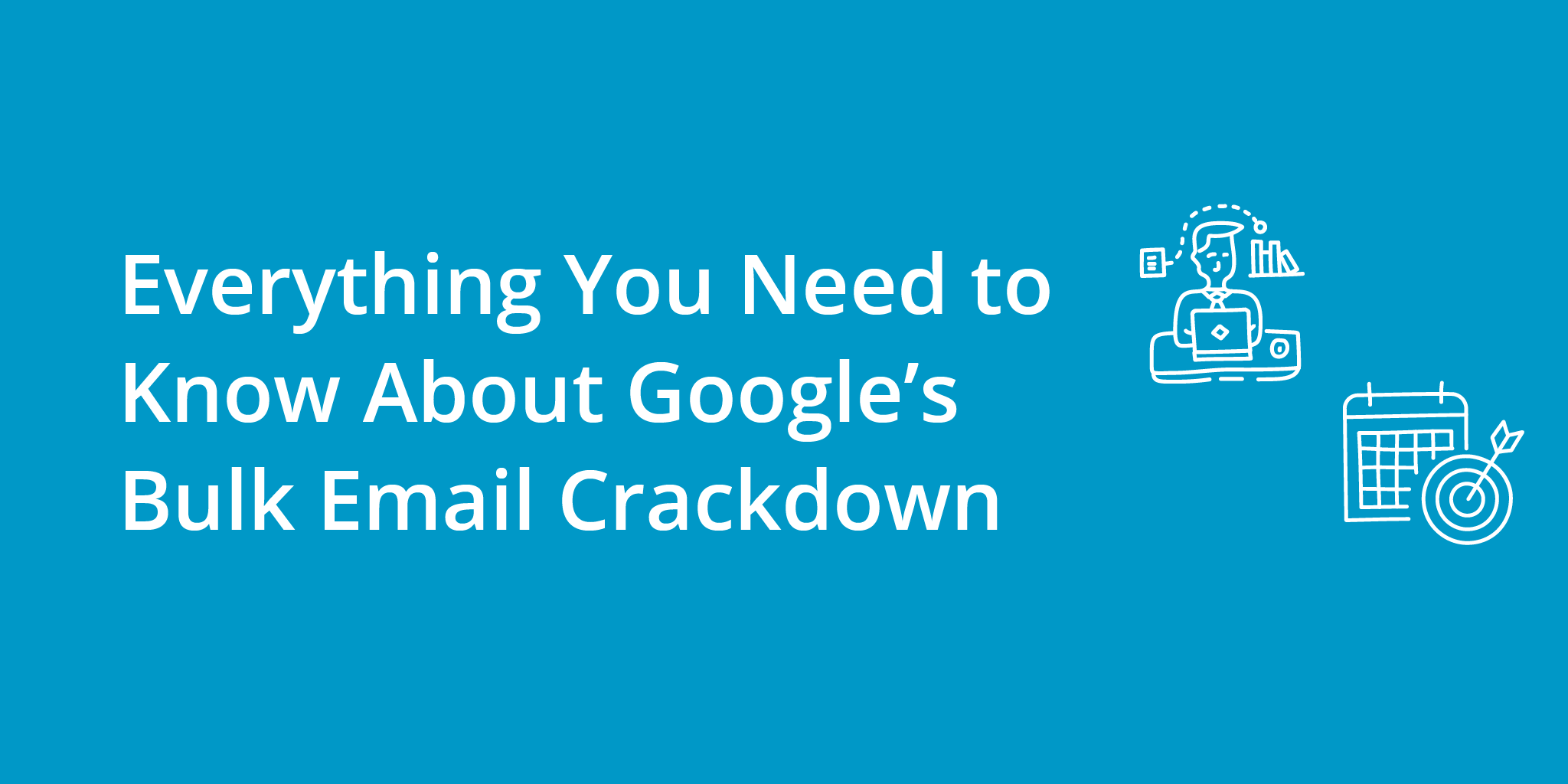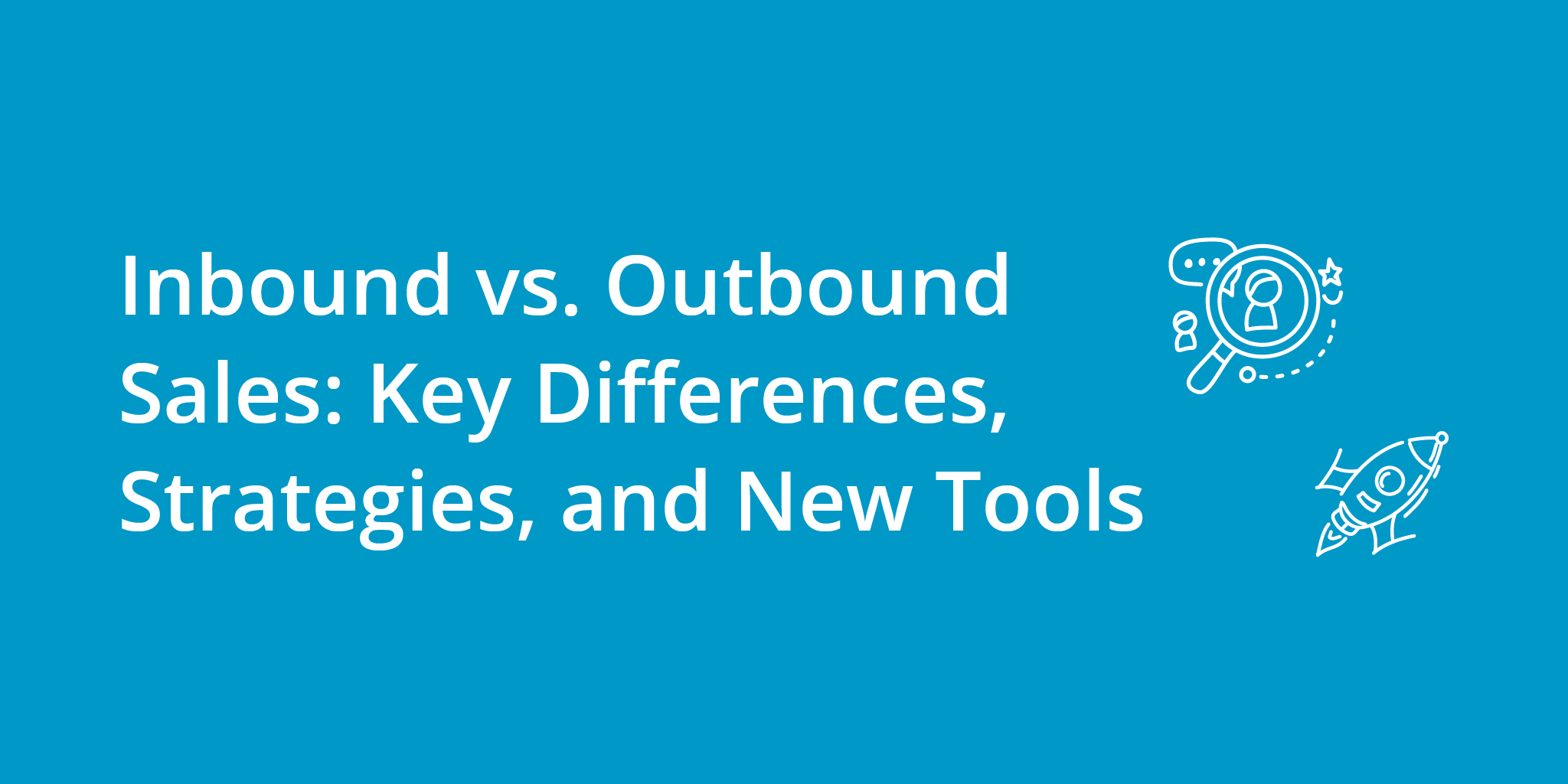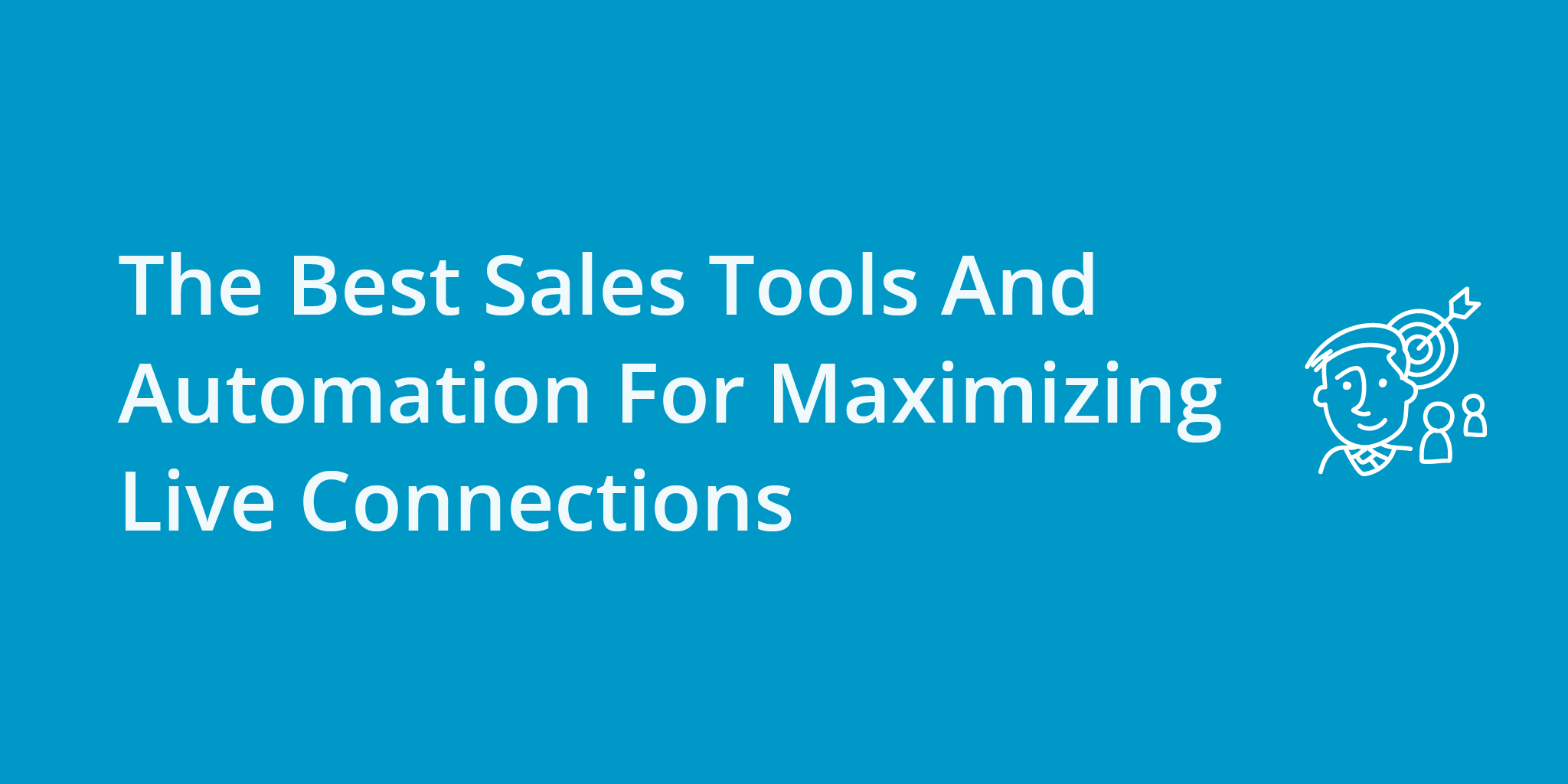
In today’s fast-paced business landscape, sales professionals face the ongoing challenge of maximizing live connections with leads to drive revenue growth. While phone calls remain a valuable channel for engaging prospects, the key lies in leveraging the right sales tools and automation to optimize these interactions.
By harnessing technology to streamline processes, personalize engagement, and build strong relationships, sales teams can unlock their full potential and achieve remarkable results.
In this article, we explore the best sales tools and automation strategies that empower salespeople to make the most of their phone conversations, fostering meaningful connections that lead to increased conversions and long-term success.
- Sales Automation Tool #1: Power Dialer
- Sales Automation Tool #2: Local Presence
- Sales Automation Tool #3: DNC Compliance
What is Sales Automation?
Sales automation refers to the use of technology and software tools to streamline and automate various tasks and processes in the sales cycle. It aims to improve efficiency, productivity, and effectiveness in sales activities, allowing sales teams to focus more on building relationships with customers and closing deals.
Sales workflow automation typically involves the use of customer relationship management (CRM) systems, which serve as a central repository for storing and managing customer information, sales leads, and other sales-related data.
These systems often integrate with various communication channels, such as email, phone, and social media, enabling sales representatives to track and manage interactions with prospects and customers.
Some common features of sales automation include:
- Lead scoring and management: Automation tools can help capture, track, and qualify leads, ensuring that sales reps follow up on potential opportunities in a timely manner.
- Contact management: CRM systems provide a consolidated view of customer information, allowing sales reps to access relevant details about prospects and customers, such as contact information, purchase history, and previous interactions.
- Sales pipeline management: Automation helps visualize and track the different stages of the sales process, allowing sales teams to monitor and manage deals in progress. This includes features like opportunity tracking, deal forecasting, and performance analytics.
- Email automation: Sales automation tools often include email marketing templates, scheduling capabilities, and automated email follow-ups, which help save time and ensure consistent communication with prospects and customers.
- Reporting and analytics: Automation platforms generate reports and provide analytics that help sales managers and teams gain insights into their performance, identify trends, and make data-driven decisions.
- Sales process automation: By automating repetitive tasks, such as data entry, scheduling appointments, or dialing phone numbers, sales teams can reduce manual workloads and focus more on high-value activities.
Overall, sales automation software empowers sales professionals by providing them with the necessary tools and systems to streamline their processes, manage customer relationships more effectively, and ultimately drive revenue growth.
Let’s take a look at some of the best sales automation software options for your business.

Sales Automation Tool #1: Power Dialer
A sales power dialer is a software tool designed to automate the process of making outbound sales calls. It enables sales representatives to make a large volume of calls quickly and efficiently, increasing their productivity and effectiveness. Here’s how a sales power dialer can help sales reps be more efficient:
- Automated dialing: Instead of manually dialing phone numbers, which can be time-consuming and repetitive, a power dialer automatically dials the next number on the list as soon as a call is completed. This eliminates the need for manual dialing and reduces downtime between calls, enabling sales reps to make more calls in less time.
- Call queuing and prioritization: Power dialers organize and queue up a list of leads or contacts to be called. Reps can prioritize leads based on specific criteria, such as lead quality, engagement level, or sales stage. This ensures that reps are always contacting the most valuable prospects, maximizing their chances of success.
- Call monitoring and analytics: Many power dialer systems provide call monitoring and analytics features. Sales managers can listen in on calls, provide real-time coaching, and offer feedback to reps. Analytical data, such as call duration, conversion rates, and call outcome, can be used to identify patterns, optimize scripts, and improve sales strategies.
- Pre-recorded voicemails: Power dialers often include the capability to record and leave pre-recorded voicemails. Instead of manually leaving voicemails after every unanswered call, reps can use pre-recorded messages to save time and maintain consistency in their outreach.
- Integration with CRM systems: Many power dialers integrate seamlessly with customer relationship management (CRM) systems. This enables reps to access relevant customer information, call history, and notes within the power dialer interface. By having all the necessary data at their fingertips, reps can personalize their conversations and build stronger connections with prospects.
Sales Automation Tool #2: Local Presence
Many sales automation platforms also have the option to enable local presence dialing for outbound calls. Essentially, this allows reps to dial with a real phone number that is local to the call recipient (based on area code).
For example, if your business makes many calls to prospects in the New York City area, but your company is based in Atlanta, Georgia, leads may be less likely to pick up for your 404 number since it’s out-of-state. Local presence dialing tools let you call with a 646 phone number so that new leads are more likely to pickup the phone.
This approach offers several benefits for sales representatives and can significantly impact their success rate. Here are the key benefits of local presence dialing:
- Increased answer rates: Calls with local phone numbers are more likely to be answered by prospects. When a call displays a local area code, it creates familiarity and trust, reducing the likelihood of the call being ignored or mistaken for spam. This increased answer rate provides sales reps with more opportunities to engage in conversations and present their sales pitch.
- Enhanced credibility and trust: Local presence dialing helps establish credibility and trust with prospects. When a call originates from a local number, it conveys a sense of legitimacy, making prospects more receptive to the conversation. It reduces suspicion or skepticism that might arise from calls with unfamiliar or toll-free numbers, increasing the chances of building rapport and establishing a positive first impression.
- Improved local market penetration: For businesses targeting specific geographic regions or local markets, local presence dialing is particularly beneficial. It allows sales reps to effectively penetrate local markets, reach out to prospects within the target area, and establish a strong local presence. This can lead to increased brand awareness, customer loyalty, and market share within the targeted region.

Sales Automation Tool #3: DNC Compliance
Another feature of top sales automation software is the ability to stay compliant with the federal Do Not Call List. The US has strict regulations in place when it comes to cold calling, to protect the privacy of consumers.
One of those regulations is the FTC’s Do Not Call Registry, which allows individuals to add their phone number to a list which is off-limits to telemarketers and cold callers.
Kixie’s sales automation system has the ability to block all outbound sales calls to phone numbers on the Do Not Call list. This ensures that your business' outbound calling campaign is compliant with the FTC’s Do Not Call rules.
In Conclusion
In the realm of sales, the ability to maximize live connections with leads is crucial for achieving exceptional results. Fortunately, the right combination of sales tools and automation can empower sales professionals to excel in this endeavor.
Among the top tools discussed in this article, power dialing stands out for its ability to boost productivity and streamline outbound calling. Additionally, leveraging local presence dialing enables sales reps to establish credibility, build trust, and increase answer rates. Lastly, maintaining strict compliance with the Do Not Call (DNC) list ensures ethical practices and helps maintain a positive reputation.
By integrating these powerful tools into their sales strategies, sales teams can unlock the full potential of their live connections, fostering meaningful relationships and driving remarkable sales success.
